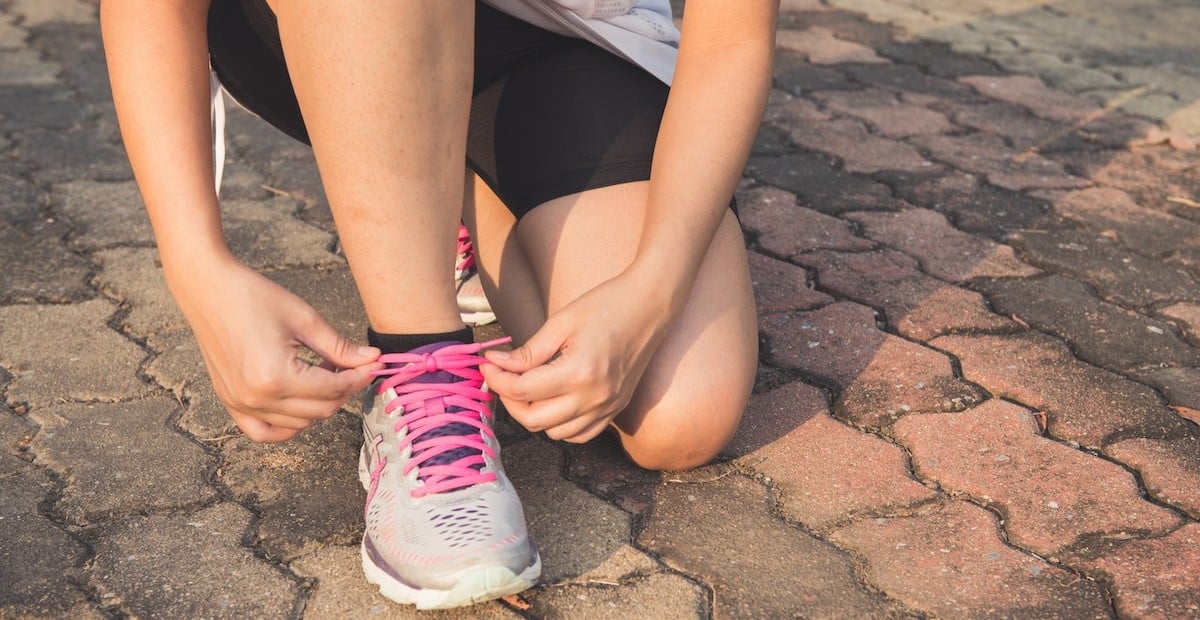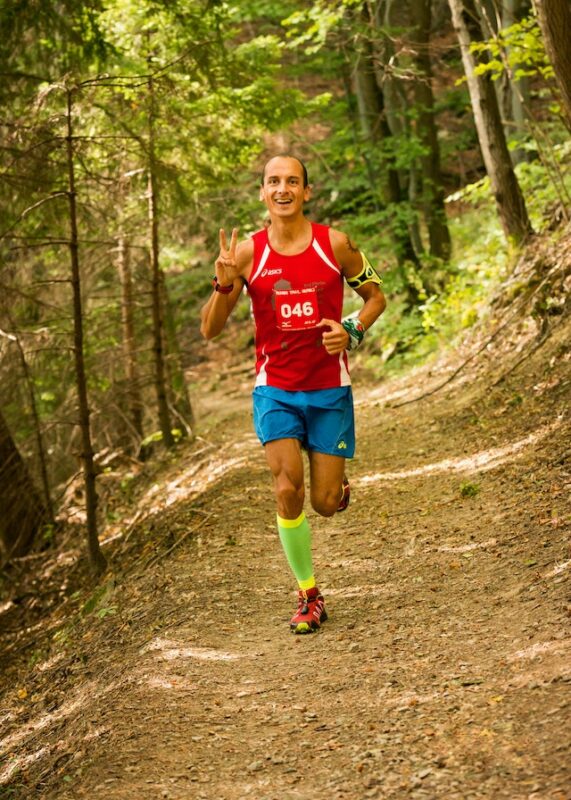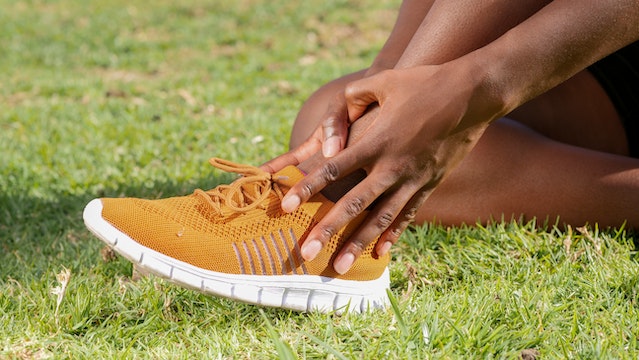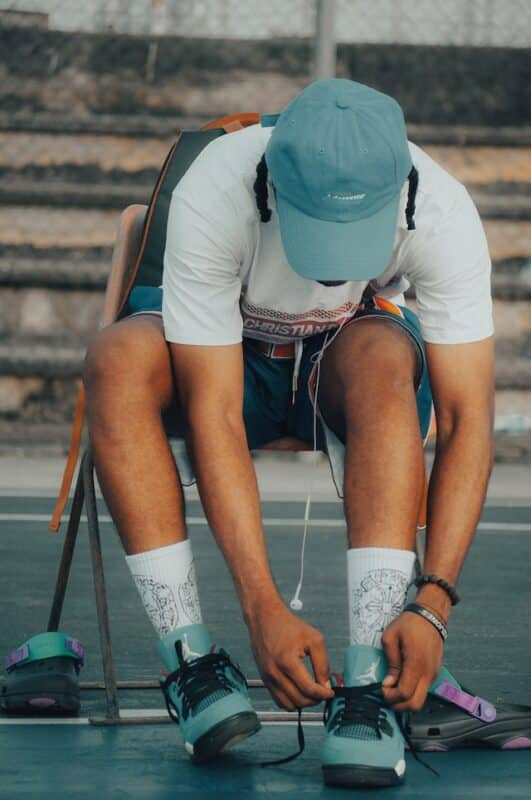
Contents
Making the smart purchase for the right running shoes, so you can work with any running style
We’ve all been in a gym wear shop, and we’ve all been a little lost as to where our eyes should fall. As we reach out to pick up a pair of running shoes, only to be put off by the judgments of the person next to us, you might ask yourself a question –
- what is it that I’m really looking for?
The answer is as fleeting as your sense of comfort here. But with the right help, it’s more than easy to wade through shelves of minimalist shoes, trail running shoes, cushioned shoes, motion control running shoes, stability shoes, terrain sho… you get the point.
Let’s break down how to get the best running shoe for you.
If the shoe fits
Every single aspect of a running shoe has been designed, and naturally, each part serves a different purpose. Because of the detail of running shoes, even the slightest of changes between shoes can make a lot of difference.
The first thing to look out for? The Upper. Everything above the sole counts as the upper. People are using 3D printing to create seamless all-in-one pieces, designed to stretch, work around your foot action, and lay smooth when the shoe is worn.
Secondly, you could identify the ankle collar. It’s the wrap at the top of the shoe opening that keeps your heel nice and supported. This is obviously pretty important. You don’t want blisters, or slipping in general, so make sure this part feels right against the back of your heel. The best running shoes often feel like each part isn’t there, so if it’s rubbing, it’s wrong.




For a more cushioned shoe, you might want to look for the heel counter. This traditional running shoe component plays an internal part in supporting your heel. Science shows that these parts are pivotal in making sure your feet land in the right place (namely straight), so do away with neutral shoes and get some that focus on this area.
For the fourth goal seek, especially common in specialty running stores, you’ll want a superb saddle. New running shoes will always have this feature in top-notch condition. So what does it do? The saddle A saddle interacts with the laces to hold the shoe securely on the foot. Simple, yet important. Shoe brands often make these colourful and lively for you.
Next one’s a biggie: The toe box. Trail shoes are extra demanding when it comes to this. You need a running shoe that’s reinforced and holds the fabric to your toes. But you also need something that’s going to give you plenty of tip-toe space, like barefoot shoes. If not, your feet could swell and your running session could be over. You might want your feet measured for better stability running shoes.
Conclusion
There are more parts than have been listed here, so be careful and watch out for the big ones. You need to make sure your running lifestyle is supported, reinforced and risk-free, so investing in the right shoe is investing in your running future.
FAQs
What class as lightweight shoes?
Lightweight shoes are built to be light, thin yet robust, and very flexible. Any shoe that moulds a little better around your foot, working more so in sync, is much better for your natural body workout positioning. But, they can be a little thin on the durability side, relatively speaking.
What other terms might I come across when buying running trainers?
Other terms may include, motion control shoes, heel drop, foot shape, feet swell, and stability shoe, to name but a few…so be sure to keep re-visiting the site for ongoing information on all areas of fitness.